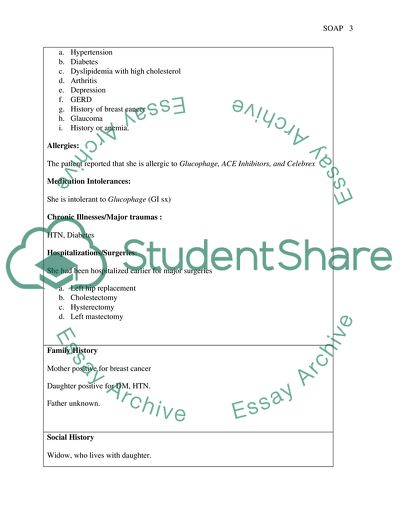Cite this document
(Expanded soap note Case Study Example | Topics and Well Written Essays - 1000 words, n.d.)
Expanded soap note Case Study Example | Topics and Well Written Essays - 1000 words. https://studentshare.org/health-sciences-medicine/1740084-expanded-soap-note
Expanded soap note Case Study Example | Topics and Well Written Essays - 1000 words. https://studentshare.org/health-sciences-medicine/1740084-expanded-soap-note
(Expanded Soap Note Case Study Example | Topics and Well Written Essays - 1000 Words)
Expanded Soap Note Case Study Example | Topics and Well Written Essays - 1000 Words. https://studentshare.org/health-sciences-medicine/1740084-expanded-soap-note.
Expanded Soap Note Case Study Example | Topics and Well Written Essays - 1000 Words. https://studentshare.org/health-sciences-medicine/1740084-expanded-soap-note.
“Expanded Soap Note Case Study Example | Topics and Well Written Essays - 1000 Words”. https://studentshare.org/health-sciences-medicine/1740084-expanded-soap-note.


